During World War 2, China was the world’s most populous country. It was fought from 1939 to 1945 and was the most significant and deadliest war in history, resulting in the death of over 60 million people.
It was a conflict between the Allied Powers, which consisted of nations like the United States, the United Kingdom, the Soviet Union, and the Axis powers, including Germany, Italy, and Japan.
During World War 2, the world underwent significant upheaval and transformation.
New technologies and tactics emerged, and the world’s significant powers shifted as a result.
This article examines the top 10 most powerful countries in World War 2, based on several factors such as military strength and economic power.
How powerful was the USA during World War 2?
Content
The United States was one of the most powerful countries during World War 2. It had a large economy, vast resources, and a strong military. It played a significant role in the Allied victory.
How did World War 2 start?
The outbreak of World War 2 can be traced back to September 1939, when Nazi Germany invaded Poland.
How did World War 2 end?
World War 2 ended with the surrender of Japan on August 15, 1945, following the atomic bombing of Hiroshima and Nagasaki.
What was the impact of World War 2?
The consequences of World War 2 include the death of millions of people, the destruction of cities and infrastructure, and the displacement of millions of people. The war also led to the rise of communism and the Cold War.
10. Canada
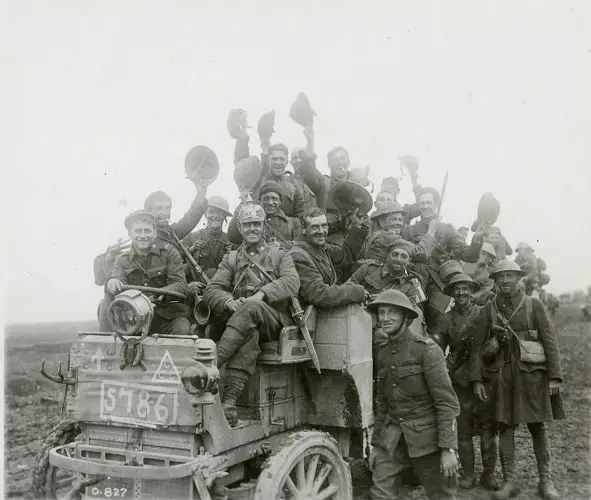
Canada was one of the powerful Allied countries in World War 2, and it made a significant contribution to the war effort.
They had a large military force of over 600,000 skilled soldiers who contributed to some of the Allies’ most decisive victories.
During the Battle of Normandy, Canada played a crucial role in liberating Europe from Nazi control.
Canadian forces were among the first to land on the beaches, and they fought bravely against the Germans throughout the campaign.
Canadian troops participated in other major campaigns in Europe, including the liberation of Paris and the invasion of Germany.
They also played a significant role in the Battle of the Atlantic, where they helped protect Allied shipping from German U-boats.
During World War 2, the Canadian government also played a pivotal role in developing new weapons and technology.
In 1943, Canadian scientists created a used to manufacture tires for military vehicles. The same year, Canadian engineers invented a radar system that helped Allied planes detect enemy aircraft.
The country was also a significant food supplier and other resources to the Allied war effort. For example, Canada produced more than 20 percent of all the food shipped to Britain during the war.
In addition, Canada provided significant economic and diplomatic support to the Allied cause.
9. Poland

Poland was one of the first countries to invade Germany in World War 2. In 1939, Nazi forces crossed the border into Poland and began their campaign of terror against the civilian population.
However, the Polish resistance fought bravely against the Germans and inflicted significant casualties.
The Polish Home Army (AK) was one of the most influential underground armies in Europe, with over 260,000 members at its peak.
Despite being heavily outgunned and outnumbered, the AK managed to fight the Germans to a standstill, inflicting heavy losses on them.
During the early stages of the war, the Polish military was renowned for its cavalry units.
The cavalry proved to be ineffective against modern tanks and artillery.
The Polish resistance also played a crucial role in Operation Overlord, the Allied invasion of Normandy.
The AK helped smuggle weapons and supplies onto the beaches and sabotaged German defenses, helping pave the successful charge.
Despite its valiant efforts, Poland was ultimately defeated by the Germans and occupied for the duration of the war.
However, the world will never forget the Polish resistance as one of the most heroic in history.
8. Italy
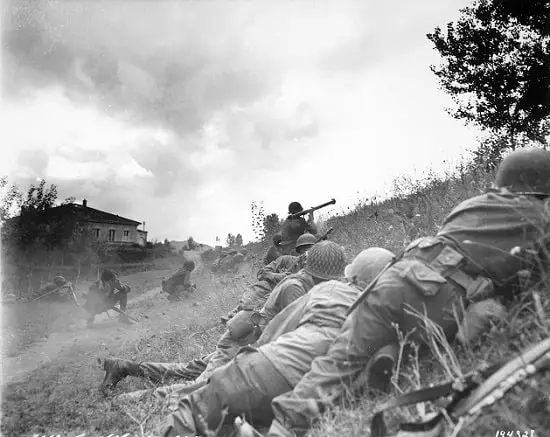
Italy was the first country to join the Axis powers in World War 2, and it was also one of the most powerful countries in the world at that time.
There were 41 million Italians in 1940, and its armed forces were among the biggest in Europe. It had a navy of nearly 900 ships and over 600,000 soldiers.
Italy was also able to produce large weapons and ammunition, thanks to its robust industrial base. In 1939, Italy joined the Axis Powers and began participating in the war.
It initially focused on attacking British forces in North Africa but later participated in Greece, Yugoslavia, and Russia campaigns.
Italian forces were originally victorious in North Africa and Greece campaigns, but the Allies eventually defeated them.
They surrendered to the Allies in September 1943 after being invaded by Allied forces.
7. France
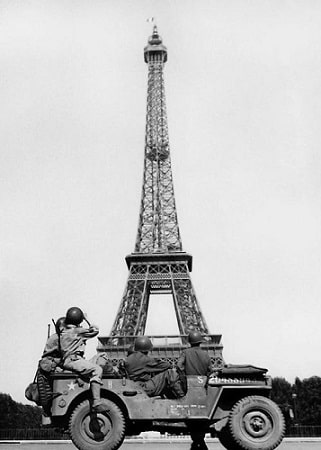
Although Germany invaded France in 1940 and ultimately fell to the Axis powers, it remained a powerful country. With over 40 million people and a special military force, France was one of the most powerful countries in the war.
Fighting in World War 1 was an experience for the French army. However, they were poorly equipped and lacked tanks and other modern weapons.
The French air force was also small and outdated. By 1944, the Allies had liberated France.
Its army participated in the liberation of Paris and then joined the Allies in their march across Europe to defeat Germany.
The French military inflicted heavy casualties on the Germans, with over 300,000 killed or wounded.
France also contributed to development, with the famous nuclear scientist Louis de Broglie playing a leading role.
6. China
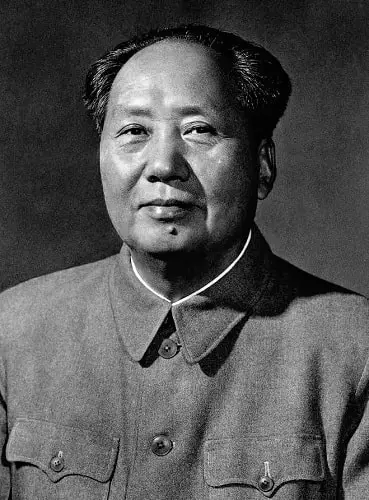
During World War 2, China was the world’s most populous country and played a significant role.
The Chinese Communist Party (CCP), led by Mao Zedong, had been fighting a long and bloody civil war against the Nationalist party of Chiang Kai-shek since 1927.
The two sides finally reached a truce in 1937 and agreed to fight the Japanese together. The Chinese military was large but poorly equipped and lacked training.
However, it put up a strong resistance against the Japanese forces.
The Chinese people also mobilized to support the war effort, with over 20 million men and women serving in the military or civilians involved in production.
In addition, China was home to several critical industrial facilities that produced weapons and other supplies for the Allied forces.
For example, the Arsenal Aircraft Factory in Chengdu had over 11,000 aircraft during the war.
The country suffered heavy casualties during the war, with over 35 million people dead or wounded.
However, its contribution helped turn the tide against Japan and contributed to their eventual defeat.
5. The United Kingdom
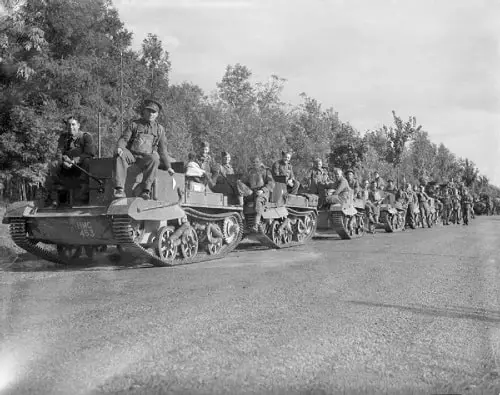
The United Kingdom was one of the major powers in World War 2 and was a vital member of the Allied forces. The country had a large navy and air force, and Battle in World War 1 experienced its army fighting in World War 1.
Britain’s strong economy was fueled by its colonial empire. They joined the war after Germany invaded Poland on September 01, 1939. It fought against Nazi Germany and Italy in Europe and Japan in Asia.
They fought the Axis worldwide, taking part and contributing significantly to both European and Pacific theater.
They were also the ones who remained steadfast in opposing Germany for six years, even against the prospect of personal loss and even at the risk of their empire.
Likewise, the UK was also responsible for creating the Special Operations Executive (SOE), a secret organization that conducted sabotage and guerrilla warfare against the Axis powers.
The country’s military inflicted heavy casualties on the Germans, with over 300,000 killed or wounded. The British air force was also able to damage German infrastructure, including the bombing Dresden heavily.
4. The Soviet Union
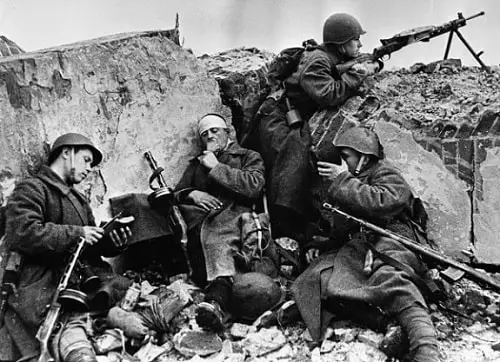
The Soviet Union was one of the leading Allied powers in World War 2. The country had a large army and could mobilize quickly due to its communist system. It had a large economy due to industrialization under Stalin’s rule.
The land produced vast weapons and other supplies, contributing to the war effort. The Soviet Union joined the war after Germany invaded it on June 22, 1941. It fought against Nazi Germany and its allies in Europe.
Their military strength lay in its vast numbers of troops and tanks. The T-34 tank was one of the most powerful tanks on the battlefield, and the Soviet army was able to deploy millions of them.
They were also responsible for creating the Red Army, which played a significant role in defeating the Germans. The country’s army inflicted heavy casualties on the Germans, with over 20 million killed or wounded.
The country’s arsenal included more than 25,000 artillery pieces, over 20,000 tanks, and nearly 11,000 warplanes.
The Soviet air force was also a formidable opponent. It was able to bomb Japanese targets with great precision and effectiveness.
3. Japan
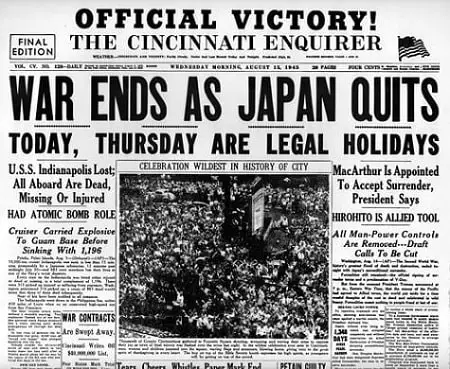
The Empire of Japan was one of the major powers in World War 2. It had a large and powerful military. Japan was able to defeat most of its opponents in the early years of the war.
The Japanese army staged a surprise attack on Pearl Harbor on December 07, 1941, bringing the United States.
Japan began expanding its empire throughout East Asia, taking over countries like Singapore, Malaya, and the Philippines. The country’s military strength lay in its aircraft and naval forces.
The IJN, or Imperial Japanese Navy, was one of the world’s largest and most powerful navies.
It was able to launch devastating attacks on Allied targets. The IJA, or Imperial Japanese Army, was also a formidable opponent.
It was able to launch devastating attacks on Allied targets. However, it was eventually defeated by the Allies in the Pacific Theater.
Despite its military defeats, Japan remained a significant threat to the Allied forces until its surrender in 1945.
The country’s arsenal included more than 11,000 artillery pieces, over 20,000 tanks, and nearly 900 warplanes.
2. Germany
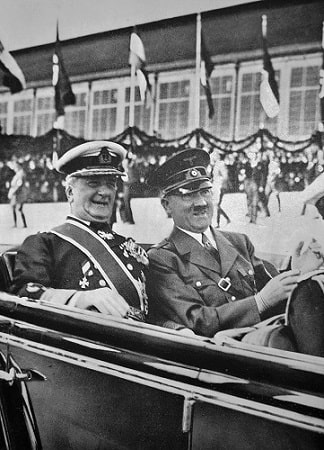
The Nazi regime in Germany was one of the most powerful and destructive in world history. Led by Adolf Hitler, the Nazis rose to power in 1933 and quickly began implementing their racial purity and expansionism policies.
The country maintained a strong military due to its years of preparation and expansion. It also had a large economy, although it was not as large as the United States or the Soviet Union.
Germany was able to defeat most of its opponents in the early years of the war. It conquered much of Europe, including France and Poland. The country’s military strength lay in its tanks and artillery.
The Panzer tank was one of the most feared weapons on the battlefield, and German artillery could bombard enemy positions with great accuracy.
The Luftwaffe, the German air force, was also a formidable opponent. It was able to bomb Allied targets with great precision and effectiveness. However, the Allies eventually defeated it in the air war over Europe.
Despite its military defeats, Germany remained a significant threat to the Allied forces until its surrender in 1945.
The country’s arsenal included more than 12,000 artillery pieces, over 23,000 tanks, and nearly 900 warplanes.
1. The USA
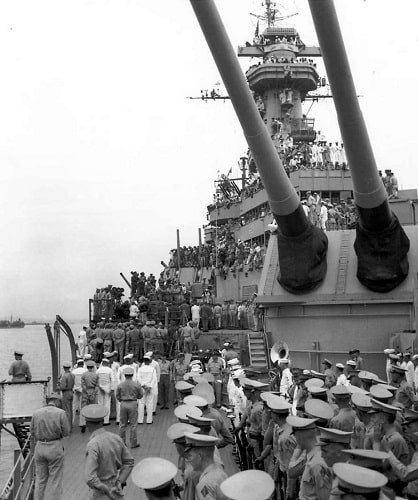
The United States was one of the prominent participants in World War 2, playing a significant role in the Allied victory.
Its manufacturing sector could produce vast weapons and other supplies, while its agriculture sector could feed the military population.
The country joined the war after the Japanese attacked Pearl Harbor on December 07, 1941. There were approximately 16 million American soldiers who served during the war.
They fought in Europe and Asia against Nazi Germany, Italy, and Japan. US contributions to the war effort were substantial by producing weapons and other supplies.
The country’s factories produced more than two-thirds of all Allied aircraft during the war. They had around 320,000 aircraft and about 1,200 naval warships – including 100+ carriers.
Their force was initially somewhat weak but grew in size and quality to become the most devastating force in the world.
It was an overpowering force, whether it was flattening Panzer Lehr with high explosives, incinerating Tokyo to death, or razing essential German industrial infrastructure.
The United States single-handedly fought and aided in the downfall of Japan.
They outsmarted Germany and Japan in all areas of conflict that had allowed the two principal Axis Powers to achieve so many early victories (armored mobile warfare, close air support, air supremacy, naval aviation, submarine warfare, and amphibious warfare).
Advances in radar, anti-submarine technology, and anti-aircraft gunnery (notably the proximity fuse) helped tip the Allies’ scales.
Industrial mass production methods allowed the US to churn out tanks, planes, and other weapons of war at an unprecedented rate. In contrast, its possession of nuclear armaments ultimately led to Japan’s unconditional surrender.
Conclusion
WW2 was a devastating event that saw the deaths of millions of people, but it was also a time of heroism and strength.
The world saw the fall and rise of empires, the spread of communism, and the creation of new nations. The Allies eventually emerged victoriously, but at a high cost.
The Battle destroyed many countries, and many more were left in ruins. On the other hand, the war also led to the development of new technologies, such as nuclear weapons, that would significantly impact the world in the years to come.
